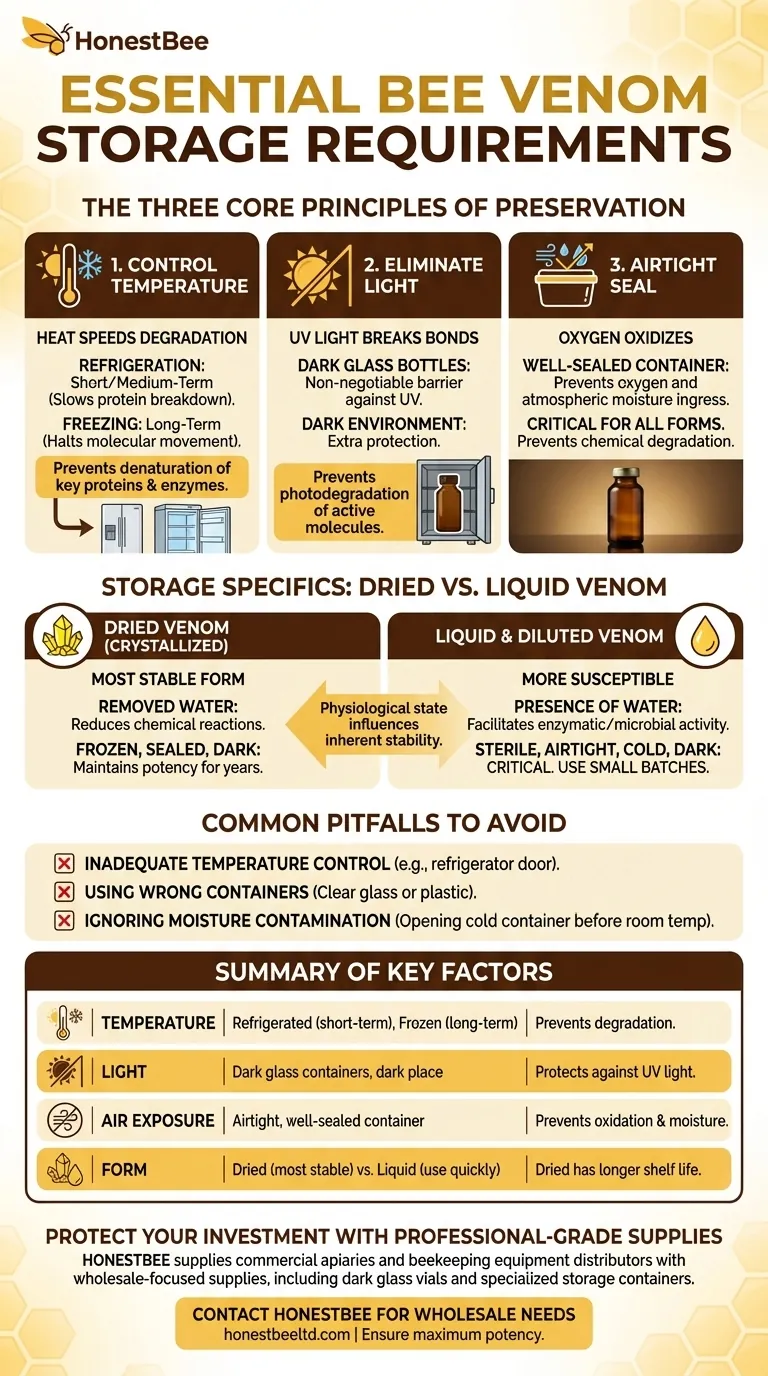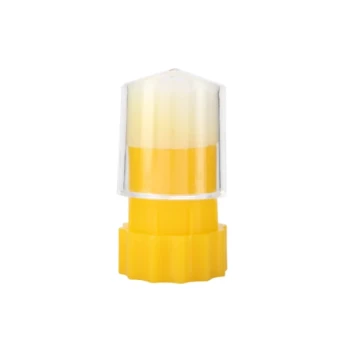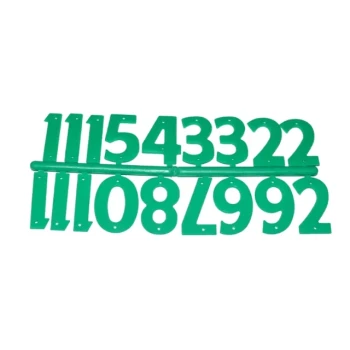To properly store bee venom, you must protect it from heat, light, and air. Dried, liquid, and diluted bee venom should be stored in well-sealed, dark glass containers that are refrigerated or, for long-term preservation, frozen and kept in a dark environment.
The core principle of bee venom storage is preserving its complex and fragile biological components. The primary goal is to inhibit the degradation of key proteins and enzymes by controlling temperature, light exposure, and oxidation.

The Core Principles of Bee Venom Preservation
Bee venom is a complex mixture of active compounds, including enzymes like phospholipase A2 and peptides like melittin. These components are fragile and can easily lose their potency if not stored under precise conditions.
Why Temperature is Critical
Heat is a primary driver of degradation. Elevated temperatures accelerate chemical reactions, causing the proteins and enzymes in the venom to denature, or break down, rendering them ineffective.
Refrigeration slows this degradation process significantly, making it suitable for short to medium-term storage.
Freezing is the preferred method for long-term archival. It virtually halts all molecular movement, locking the venom's components in a stable state for extended periods.
The Impact of Light Exposure
Light, particularly UV light, can cause photodegradation. This process can break chemical bonds within the venom's active molecules, permanently altering their structure and destroying their efficacy.
This is why dark glass bottles are non-negotiable. They act as a physical barrier, filtering out harmful light wavelengths. Storing these bottles in a dark place, like a closed cabinet or freezer, adds a crucial second layer of protection.
Why an Airtight Seal Matters
Oxygen in the air can oxidize sensitive components of the venom, another form of chemical degradation. Furthermore, moisture from the air can compromise the stability of dried venom.
A well-sealed container prevents the ingress of both oxygen and atmospheric moisture, ensuring the venom remains in its intended state, whether liquid or crystalline.
Storage Specifics: Dried vs. Liquid Venom
While the core principles apply to all forms, the physical state of the venom influences its inherent stability.
The Stability of Dried Venom
Dried, or crystallized, bee venom is the most stable form for long-term storage. By removing water, a key medium for chemical reactions, the potential for degradation is significantly reduced.
When stored frozen, in a sealed, dark container, dried venom can maintain its potency for years.
Considerations for Liquid and Diluted Venom
Liquid and diluted venom solutions are more susceptible to degradation due to the presence of water, which can facilitate enzymatic and microbial activity.
For these forms, maintaining a sterile, airtight, cold, and dark environment is absolutely critical. It is often best to work with smaller batches to minimize waste if contamination or degradation occurs.
Common Pitfalls in Bee Venom Storage
Mistakes in storage are costly and can lead to a complete loss of the venom's valuable properties.
Inadequate Temperature Control
Storing venom in a refrigerator door, where temperatures fluctuate with every opening, is a common mistake. A stable, cold environment in the back of the unit is far superior.
Using the Wrong Containers
Using clear glass or plastic containers is a critical error. Clear glass offers no protection from light, and some plastics can potentially leach chemicals or fail to provide a truly airtight seal.
Ignoring Moisture Contamination
When retrieving dried venom from a freezer, it's crucial to allow the container to reach room temperature before opening it. This prevents condensation from forming inside the container and introducing damaging moisture to the venom.
Making the Right Choice for Your Goal
Your storage strategy should align directly with your intended use case.
- If your primary focus is long-term research or archival: Store the bee venom in its dried, crystalline form inside a sealed, dark glass vial, and place it in a stable freezer.
- If your primary focus is regular clinical use or formulation: Keep your main stock frozen and transfer small, working quantities to a separate, sealed dark vial stored in a refrigerator.
- If your primary focus is creating diluted solutions: Prepare solutions in small batches from your refrigerated stock and store them under the same refrigerated and dark conditions, using them as quickly as is feasible.
Ultimately, treating bee venom as the sensitive biological material it is will ensure its integrity and potency for your application.
Summary Table:
| Factor | Requirement | Why It's Important |
|---|---|---|
| Temperature | Refrigerated (short-term) or Frozen (long-term) | Prevents degradation of proteins and enzymes. |
| Light | Stored in dark glass containers, in a dark place | Protects against UV light that breaks down active compounds. |
| Air Exposure | Airtight, well-sealed container | Prevents oxidation and moisture contamination. |
| Form | Dried (most stable) vs. Liquid (use quickly) | Dried venom has a significantly longer shelf life. |
Protect Your Investment with Professional-Grade Supplies
Proper storage is essential for maintaining the quality and value of your bee venom. HONESTBEE supplies commercial apiaries and beekeeping equipment distributors with the wholesale-focused supplies needed for success, including dark glass vials and specialized storage containers.
Contact HONESTBEE today to discuss your wholesale needs and ensure your bee venom retains its maximum potency.
Visual Guide

Related Products
- Full Set Beekeeping Electronic Bee Venom Collector Machine Device for Bee Venom Collecting
- Wholesales Dadant Size Wooden Bee Hives for Beekeeping
- Professional Insulated Plastic Bee Hives
- Ventilated Adult Beekeeping Helmet Hat for Beekeepers
- Yellow Plastic Bucket Pail Perch for Beekeeping
People Also Ask
- How is the venom collection apparatus utilized across multiple hives? A Guide to Efficient Rotation & Bee Health
- How much venom can be collected from a single bee? A Microscopic Yield of Immense Value
- How frequently should pollen be harvested from the traps? Ensure Optimal Hive Health & Superior Quality
- How is bee venom typically collected using the electro-shock method? A Guide to Efficient, Non-Lethal Harvesting
- How frequently should pollen be collected for human consumption? Optimize Your Harvesting Schedule



















